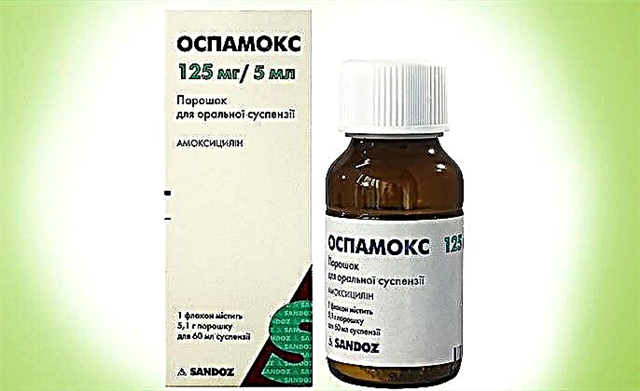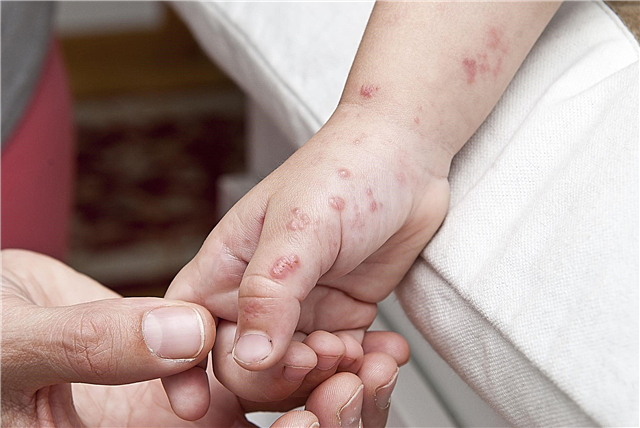
Many parents find milk to be incredibly healthy for children. It contains both calcium and bacteria that are useful for digestion. Naturally, from an early age, a child is taught to drink and eat dairy products, even if the toddler desperately resists and by all means shows that he does not like them. Is it necessary to insist and is milk so useful, as is commonly believed, says the famous children's doctor Yevgeny Komarovsky.

Good for children and harmful for adults
In order for milk sugar (lactose) to be absorbed in the body, a special enzyme is produced - lactase. In newborns, the level of lactase is very high, a lot of it is produced, since breast milk is the only food for crumbs. As they grow older, the amount of lactase produced decreases, and in an adult this enzyme is practically absent in the body, since it biologically no longer needs dairy food. But the adult body takes and digests fermented milk products quite normally.
A decrease in the level of lactase in some people begins from the age of 3, in others from 10 years, in others later. This is an individual feature of the organism and there are no norms in this matter in principle.
If nature has provided for a child the opportunity to eat milk, this does not mean that you need to eat milk from farm animals. Nature has made sure that the baby absorbs mother's milk well, and not goat's or cow's.


Benefit and harm
Milk of cows and goats for children of the first year of life is not just harmful, but dangerous, says Yevgeny Komarovsky. But this fact is rather difficult to explain to parents who, from their own childhood, remembered the statements that milk is a source of health and energy for a growing organism. It is very difficult to explain to parents that in the absence or lack of breast milk in a nursing mother, it is best to choose an adapted milk formula.
First, it is important in terms of composition. The mixture contains vitamin D, which prevents the development of rickets. But if you give a child to drink with cow's milk and give separately vitamin D preparations, then rickets develops very often. And this can be explained by the processes that take place in the body after the child consumes cow's milk.


Cow's milk contains more calcium, than in breast milk, almost 4 times. The phosphorus content is 3 times higher than that of breast milk. The calf needs this amount of phosphorus and calcium to grow bones faster. However, the rapid growth of bones for a human infant is not the preferred development option.
In addition, excess amounts of calcium and phosphorus that enter the child's intestines cannot be fully absorbed. The body will take only the amount it needs, the rest will come out with feces.
With phosphorus other story. His body takes not as much as needed for normal life, but about one third of the amount received. Thus, the consumption of cow's milk leads to an overdose of phosphorus. The kidneys of the child react to the increased content of this substance, which begin to quickly remove excess phosphorus from the body. Unfortunately, it leaves along with the calcium obtained, which is so important for the harmonious development of the baby.
The kidneys ripen closer to one year of age, at about the same time you can start giving the child milk, gradually introducing it into the diet.
It is not necessary to give a crumbs liters to drink, it is quite enough to give a one-year-old child about half a glass of milk a day, a two-year-old - 1 glass, and a two-year-old baby - no more than 2 glasses a day. By the age of 3, all restrictions lose their relevance, and children can be given this product, even a cow, even a goat, in any quantity that he is able and willing to “master”.

Another not the most "useful" aspect is the intolerance of cow protein, which happens quite often in children of the first years of life. It manifests itself in the impossibility of assimilating protein, which the organism of the crumb regards as foreign. Immunity is activated, an allergic reaction begins. If you have such a child, you should not give him any milk. Only adapted mixtures are suitable, preferably hypoallergenic, in which milk protein is processed in a special way and neutralized.

In recent years, cows and goats have also eaten little natural food, and many of the feed that owners give them contain hormones and antibiotics. Naturally, this whole set passes in certain quantities into the milked milk. This is another reason not to give this product to children under one year old, although the final decision remains with the parents. After all, it is quite difficult to dispute the fact that it is quite difficult to provide a varied diet to a child without milk.
Mix or milk?
If after 12 months a decision is made to introduce whole milk into complementary foods, Evgeny Komarovsky advises to make an informed decision. This product in metered quantities will no longer cause harm, but it will still be more useful for an adapted infant formula, in which the amount of phosphorus is reduced, and calcium and vitamin D are increased.
The amount of iron in cow's milk is insufficient and regular consumption will lead to anemia. In adapted formulas, this composition parameter is provided, and the child will receive the amount of iron he needs.
If the family budget allows, it is better to choose a mixture that is appropriate for age - from 12 months. Usually such mixtures are designated by the manufacturers with the number “3”.


Fat or low fat?
The food industry today offers a variety of skim milk options. It is considered preferable for adults and children who do not tolerate fatty cow's milk. However, in the very concept of "fat-free", according to Evgeny Komarovsky, there is a catch.
The fact is that vitamins A and D, which are contained in milk, can only dissolve in fats. If milk is skimmed, then these vitamins will no longer be in it. Therefore, you should not trust marketers who promise skimmed baby milk with vitamin D in advertising.
Baby milk is different from conventional UHT. The fat percentage in it is reduced, but not at the minimum mark. The box usually indicates from what age manufacturers recommend the product. Most often it is 8 months. Komarovsky urges to give such milk, if mom really wants to do it, no more than once a day and in small quantities.
After a year, children can dilute ordinary milk with 3% fat with ordinary water by about one third of the volume.


Dairy products
Fermented milk products are useful, and they can be introduced into complementary foods from about 6 months of age. The main thing, says Yevgeny Komarovsky, is not to give kefirchiks and curds in the heat, because with them you can feed a child in hot weather and a fair amount of E.coli. It is also important to know when to stop - not to water the toddler six times a day with kefir alone, because there will be no benefit from such complementary foods.
Fermented milk products should be given to children no more than once a day, it is desirable that they were not produced in factories that produce fashionable and advertised yoghurts, but at special factories for baby food. The shelf life of a good baby kefir is no more than a day. It should be free of any sweeteners, colors, or "strawberry and banana flavors."
It is very good if mom learns how to make homemade dairy products for her child. For them, you can use ordinary store-bought cow's milk with a fat content of no more than 1.5%.
Complementary feeding in the form of fermented milk products is not very desirable for children with mineral metabolism disorders, with signs of rickets. Therefore, it is advisable to consult a pediatrician before introducing such complementary foods.
Should milk be boiled?
Pasteurized milk, which is sold in any store, does not need additional boiling, says Evgeny Komarovsky. But if the product was bought on the market, from grandmothers who keep cows or goats on their farm, then it is imperative to boil.
If you buy a product from a neighbor whom you know well, and you know her cow almost personally, then milk that was milked no more than 2 hours ago does not need to be boiled. It contains a large number of beneficial bacteria, the content of which decreases noticeably within a couple of hours after milking.
Boiling destroys some vitamins and microbes that may be in milk. But proteins, fats and carbohydrates are preserved in full, so that parents may not worry about the energy composition of the drink.


If the baby refuses milk
If the crumb flatly refuses kefir, cottage cheese and milk, you should not force him to use these products at any cost, says Evgeny Komarovsky. The benefits of the milk diet are somewhat exaggerated, and there is not a single substance, trace element, vitamin, mineral in it that could not be given to a child with other food. Everything is interchangeable. Does not drink milk - you can give ice cream, children usually never refuse it. Doesn't eat ice cream - you can give more fruits and vegetables, meat, fish.
The main rule, according to Komarovsky, is this: milk that is “shoved” into a child by force or blackmail will never be of any use to him and will be less digestible.

Dr. Komarovsky will tell you more about the dangers and benefits of milk in his program.



